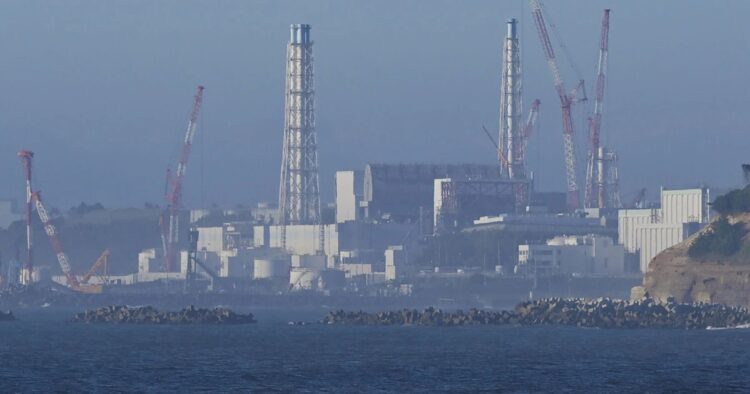Japan’s Fukushima nuclear facility faced another challenge as a 5.8-magnitude earthquake struck off the northeastern coast. The quake, occurring at 00:14 am local time on Friday, prompted Tokyo Electric Power Company (TEPCO), the operator of the crippled plant, to take cautious measures.
TEPCO swiftly reassured the public that the wastewater release process had been halted without any observed abnormalities. The company emphasized its commitment to safety, suspending operations at the facility as a precautionary measure following established protocols.
Japan’s nuclear regulatory body confirmed no anomalies at either the Fukushima Daini or Fukushima Daiichi facilities. This response aimed to address concerns over the safety of nuclear operations in the region, especially in the wake of the devastating 2011 tsunami that led to the Fukushima Daiichi meltdown.
Since August of the previous year, TEPCO had been gradually releasing accumulated wastewater from Fukushima Daiichi into the Pacific Ocean. The released water, equivalent to around 540 Olympic-sized swimming pools, had undergone treatment to remove radioactive materials, except for tritium, deemed safe at current levels by the UN atomic agency.
Despite international approval, concerns over environmental impact led China and Russia to condemn Japan’s discharge into the Pacific Ocean. Both nations halted the importation of Japanese seafood in response, citing potential harm to marine ecosystems.
Japan, a country accustomed to frequent seismic activity, experiences hundreds of earthquakes annually. While most cause minimal damage, the recent quake near Fukushima underscored ongoing challenges in managing nuclear facilities in seismically active regions.
Fortunately, there were no immediate reports of injuries from the earthquake, and no tsunami warnings were issued. However, the incident serves as a reminder of the ongoing efforts required to ensure the safety and stability of Fukushima’s nuclear operations amidst Japan’s seismic landscape.

















Comments